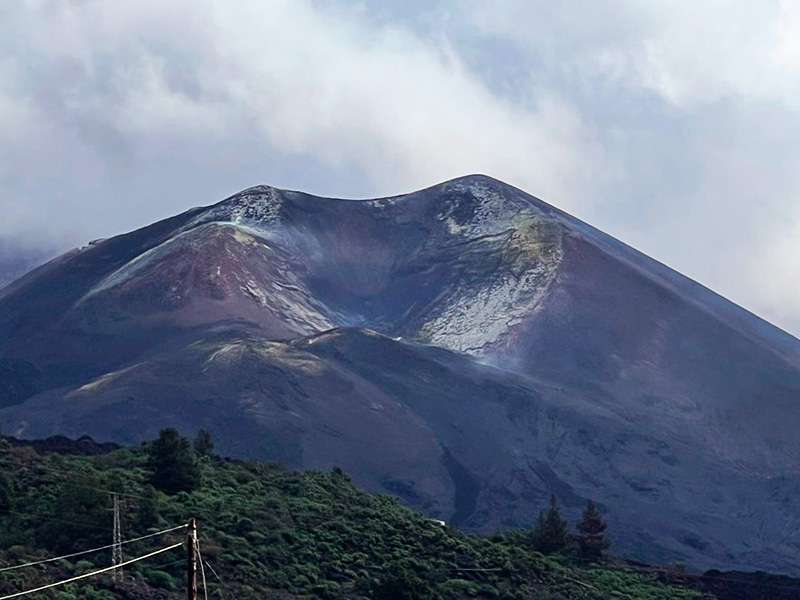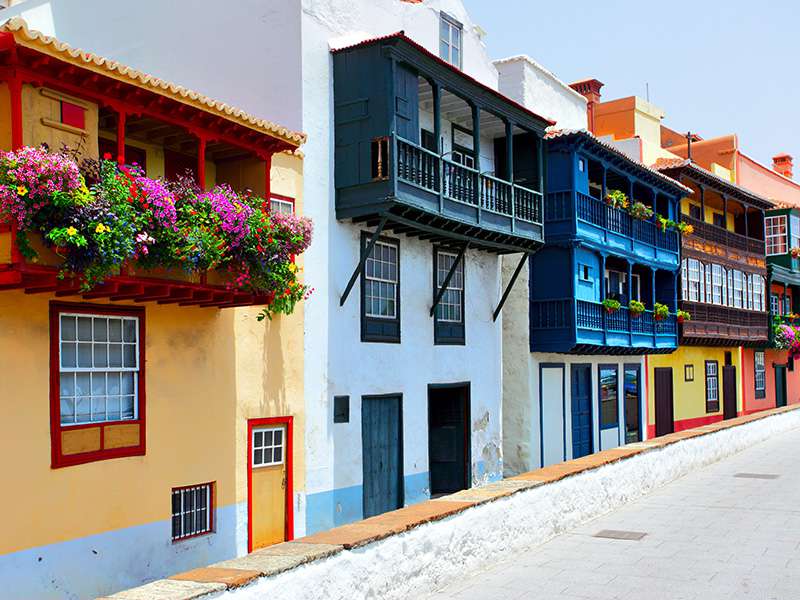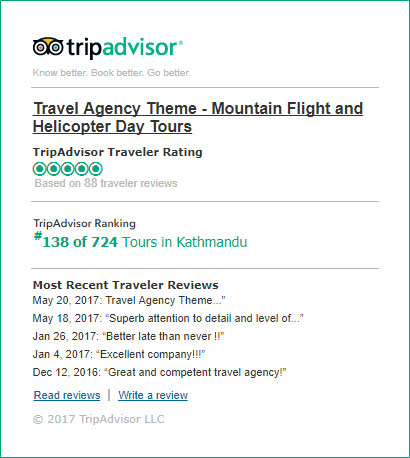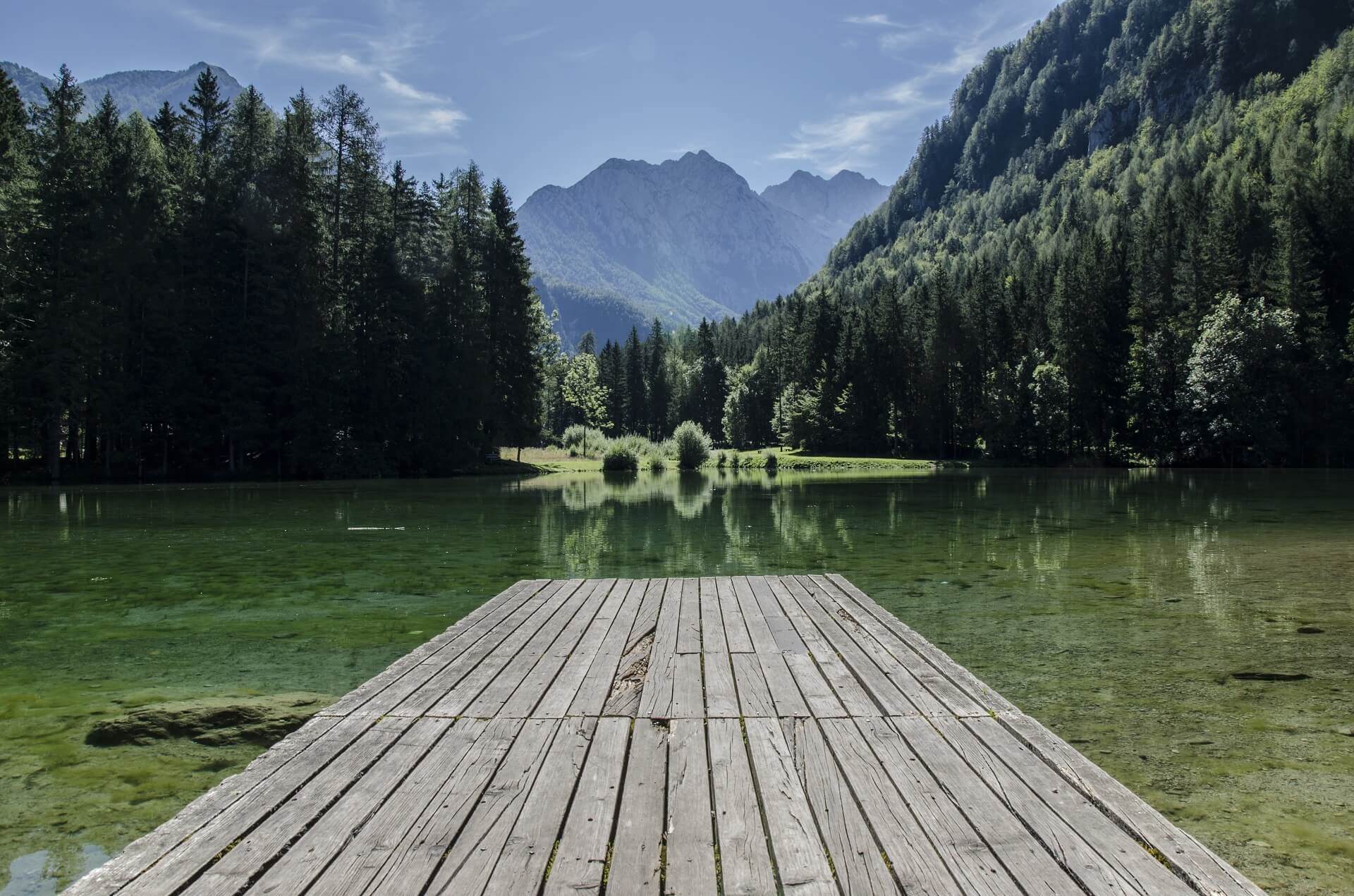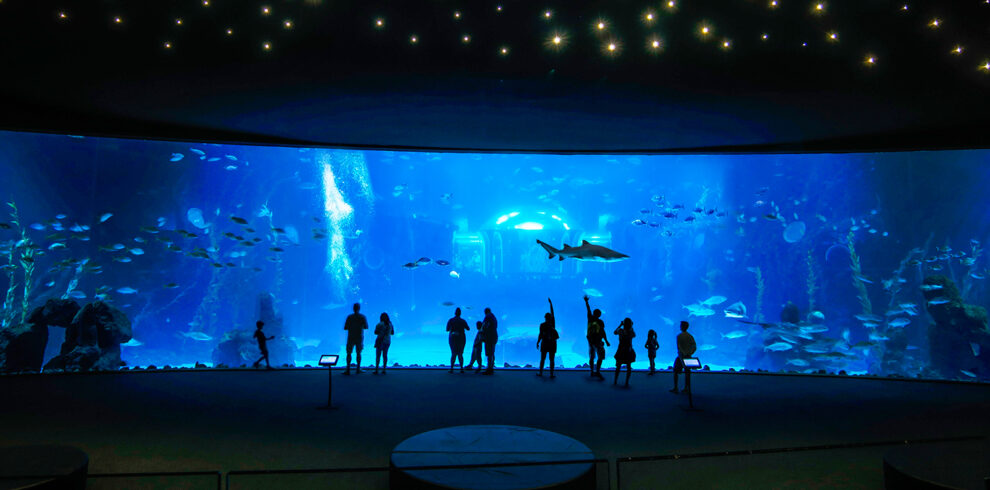An unforgettable day on ”La Isla Bonita”. You will admire the new volcano of La Palma at Cumbre Vieja and the passage it has created.
Descriptions
La Palma Volcano:
Once La Palma. The first stop will be in the capital so that we can discover some of the most emblematic places such as:
El Barco de la Virgen, a reproduction of the Santa Maria on board of which Christopher Columbus discovered America and was built in memory of the sailors from La Palma who set sail from here with sailing ships made from the wood of our mountains. Inside there is a naval museum with naval charts and reproductions of some of the ships made on the island. The Castle of Santa Catalina, which was one of the most important in Spain on the route to the Americas. The typical balconies, which are among the best sets of balconies or balcony overhangs preserved in the Canary Islands. The double balconies that were built to ventilate the houses are worth mentioning.
The next stop is the Mirador de la Concepción. It is located on the highest part of the Caldereta volcano declared “natural space” where you can see the crater and the capital of the beautiful island. You will continue to the tunnel of time, seeing how the vegetation on the island changes, and then you will go south west, entering the area affected by the Cumbre Vieja volcano.
The next stop will be in the exclusion zone of the Tacande district where you will have a first view of the volcano and then you will go to Tazacorte, seeing the youngest lava flows in Spain.
Lunch will be served in one of the typical restaurants of the area at about 13:30. After lunch from the port of Tazacorte you will see the fajana or lava delta.
The last stop will be at the viewpoint of Tajuya where you will have time to observe, in total safety at a distance of 2 km, the last volcano of the Canary Islands which still has no name!

